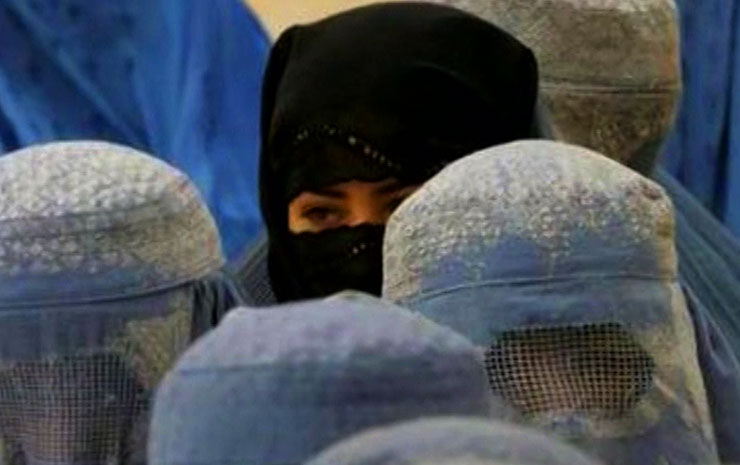Indian filmmaker Soumitra Ranade grew up in Kabul as a teenager. Twenty-six years after leaving the country, he returns to post 9/11 Afghanistan to revisit the definitive years of his youth. In a country devastated by war, he rediscovers its beauty through his memories and encounters with its people. Showing a side of Afghanistan often ignored by the Western media, his film, Khoob Asti Afghaistan (Are you all right Afghanistan), takes us on a hopeful journey through the past and present of a country that has yet to see lasting peace. Here are some memories that come back to haunt Ranade on his return to Afghanistan.
Coming back to Afghanistan after 26 years was not easy. I had wanted to come much earlier. But then, it was not possible. A sea of humanity was trapped inside with all doors closed. How was one to break through?
My house during those eventful years from 1976 to 1980 was at Chauraya Ansari in central Kabul. My father had been posted here, working for the Government of India. Today, the house belongs to a private American company. The present occupants are away in the US, so I couldn’t go inside. I have come all the way from Mumbai after 26 years, and I cannot enter and see the place where I once lived…The only memory that I carry with me now are old photographs and some home movies; memories frozen in time that I was desperately trying to place back into this cold, surreal setting.
I was a youngster when we first came to Kabul. I played in this very lane…so many years ago. Seeing the children in Afghanistan now meant so much to me because they were revealing to me an Afghanistan that I hoped to see. These are the images I have wanted to return to for 26 years. Children doing precisely what they are supposed to do…neither brandishing Kalashnikovs nor seen as victims of war. They are just playing…
What has disturbed me during the past so many years are the images that have come out of the country; images that were splashed all across the news channels, newspapers and magazines, images of gun wielding mullahs! Images of little children playing with AK47, images of battered villages and of injured bodies, images of extreme poverty on one hand and religious extremism on the other.
According to estimates, over the past 26 years about 2.5 million Afghans have died as a direct or indirect result of the war be it due to army assaults, famine or lack of medical attention. In other words, every year 125,000 or about 340 people a day or 14 people every hour or one in about every five minutes have died or been killed because of this tragedy. Did we see those images through the rose tinted glasses of our own realities or did we ever dare ask? Whose war is this? Who won?
Peace is prosperity…this everybody knows. Peace means stability and jobs. It means marriages of their sons and daughters. Peace means foreign tourists and American Dollars. Peace means food and heating at affordable prices. So a mass of people return to their respective work and try and put a life together that had just recently been torn apart by conflict and strife.
Afghanistan does not have a role in today’s world. It is neither a country remembered for a commodity nor for its scientific advancement or as a nation that has achieved artistic honours. Those who recognize the name Afghanistan immediately associate it with opium, the Taliban, Islamic fundamentalism, war with Russia, a long-time civil war, American occupation, famine and high mortality. In this portrait of a nation, there is no trace of peace, stability or development.
How does one ask a country like Afghanistan are you alright? What answers do I expect? And yet I know that the ordinary Afghan who has always had a raw deal is still strong. His resilience is eternal. And to that I raise my hand in salute…


